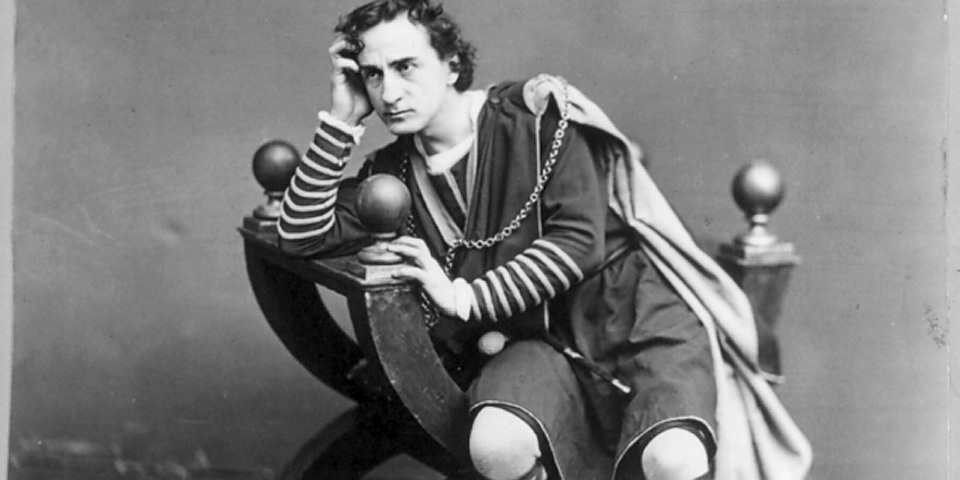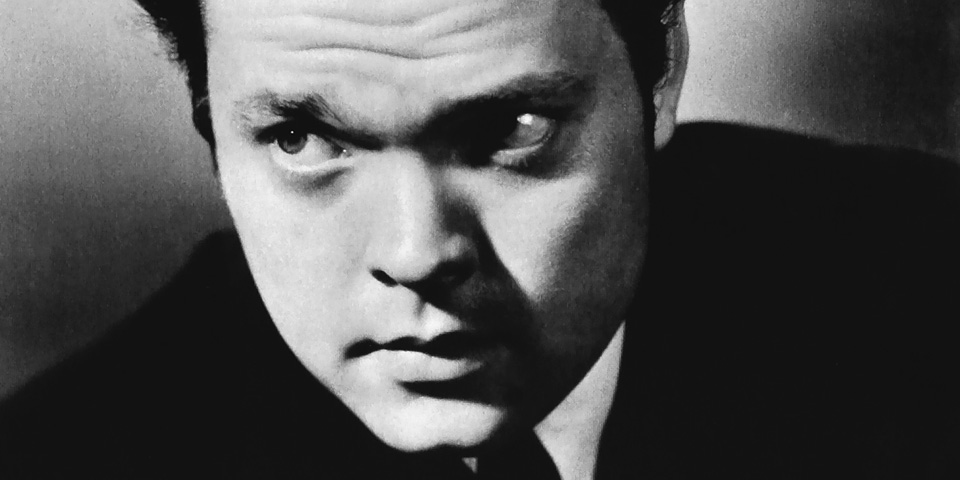 American actor Edwin Booth as Hamlet, (circa 1870)
American actor Edwin Booth as Hamlet, (circa 1870)Theatre opens as The New Circus (equestrian acts). A few years later, an 80-foot dome was added, making it the highest structure in the city at the time. The dome remained until the remodeling of 1828.
As designed by English architect William Strickland, a stage and pit for theatrical performances was added and the name was changed to The Olympic.
The Rivals becomes the first theatrical production staged here.
Name is changed to Walnut Street Theatre, converted to a legitimate theatre.
Interior is restored to that of a circus and the name is changed back to The Olympic.
Major renovations of interior and exterior, designed by John Haviland, the most prominent architect of his day. The present façade is based on his original design. Name changes back to the Walnut.
 Fanny Davenport (1884), Fedora, Photograph courtesy of the Theatre Collection, Free Library of Philadelphia
Fanny Davenport (1884), Fedora, Photograph courtesy of the Theatre Collection, Free Library of PhiladelphiaThe Walnut became the first theatre to install gas footlights.
Edwin Booth and John Sleeper Clarke purchase the Walnut and guide it through the Golden Age of American Theatre.
Renovations included a new stage for more elaborate musical comedies.
Walnut gets electricity, used for chandeliers and footlights.
Some rebuilding done, designed by architect Willis Hale.
 Orson Welles, (1942), director of Native Son,
Photograph courtesy of the Theatre Collection, Free Library of Philadelphia
Orson Welles, (1942), director of Native Son,
Photograph courtesy of the Theatre Collection, Free Library of PhiladelphiaInterior rebuilt within the old exterior, designed by William H. Lee, using structural steel. Chandelier from the Bingham House Hotel is hung from the center of the dome.
Becomes part of Shubert chain, presenting pre-Broadway try-outs and world premieres, including such classics as Streetcar Named Desire, Porgy and Bess and A Raisin in the Sun
Designated a National Historic Landmark.
Purchased by the Haas Foundation from the Shuberts, is turned over to the new Walnut Street Theatre Corporation. A multi-million dollar "Grand Restoration" is begun, designed by architect F. Bryan Loving.
Walnut re-opens as performing arts center, presenting theatre, opera, dance, music and film.
Walnut Street Theatre Company is formed, a not-for- profit regional producing theatre under the direction of Bernard Havard, producing five productions each season on the Mainstage. Today, the Walnut is the most subscribed theatre company in the world.
Walnut Street Theatre School is established. Today, over 1,200 students enroll annually.
 Gigi (1951), Audrey Hepburn and Cathleen Nesbitt
Gigi (1951), Audrey Hepburn and Cathleen NesbittThe Studio 3 Series is established, producing five productions each season in the intimate third floor studio. Today, this series plays to capacity annually.
Major remodeling of the Mainstage area, including new seats, carpeting, upgraded lighting and sound equipment. Throughout the house, several improvements make the theatre more accessible, including the addition of ADA compliant seating and an accessible restroom on the main floor. The exterior façade is thoroughly cleaned, sealed and repainted.
Walnut Street Theatre celebrated it's 200th Anniversary with a birthday concert featuring stage performers from the last quarter century. Many of the city's great benefactors and politicians mingled with the hundreds of theatre artists that have helped make Walnut Street Theatre the most popular theatre company in the region.
In the summer of 2024, the theatre underwent major renovations to improve seating, accessibility, comfort and the overall facilities for both the audiences and artists.
With over 250 performances and over 300,000 attendees each season, Walnut Street Theatre is the most active theatre company in the region. Our education and outreach programs reach over 125,000 students and their families each year. As a producing company, we hire hundreds of the nation's best artists from Philadelphia and around the world. We continue the tradition of creating some of the best professional productions in the United States.